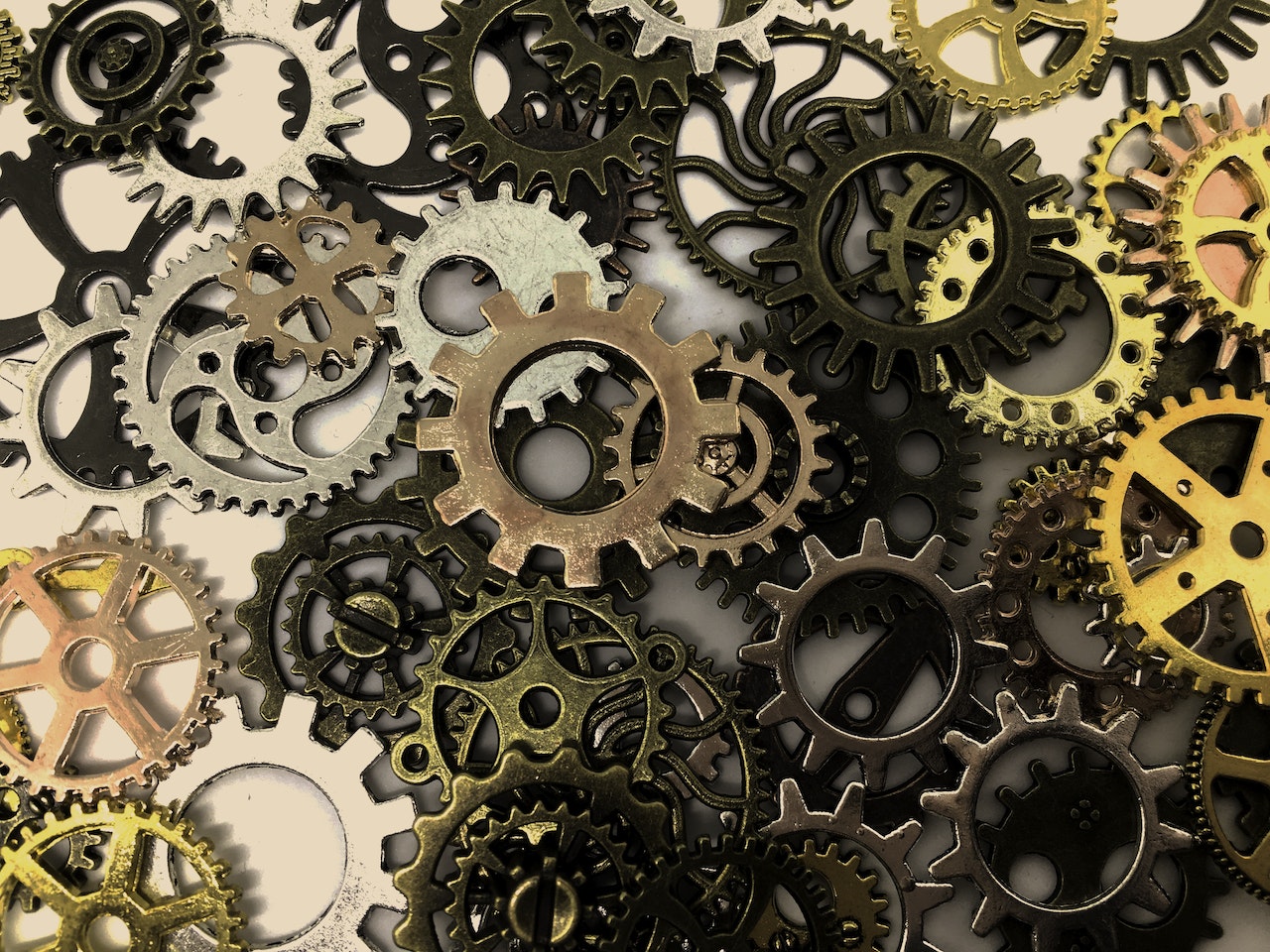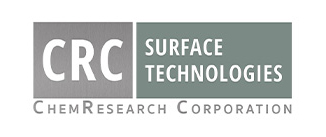
21 Mar An Overview of the Different Types of Metal Finishes
Metal finishing is an important step in the manufacturing process. Different types of metal finishing techniques can help enhance both metal and nonmetal substrates in various ways. Most improve corrosion resistance, but each process also has its own unique advantages such as improved appearance or lubricity.
Four Different Types of Metal Finishing Processes
1: Electroplating
This process uses an electrical current to deposit a thin layer of metal onto a surface. Both the plating metal and the substrate are submerged in an electrolyte bath. When an electrical current is applied, then the metal ions are deposited onto the substrate’s surface in an even layer.
Electroplating improves the durability, corrosion resistance, and appearance of the substrate. It is often used to improve the strength and durability of aircraft and automotive parts, as well as add an antibacterial finish to medical instruments.
Common electroplating metals include chromium, nickel, silver, zinc, and copper, which can be applied to a variety of metal and nonmetal substrates. Choosing the best plating metal for a substrate will depend on its unique properties.
2: Electroless Plating
This process also deposits a thin layer of plating metal onto a substrate, but it does not use an electric current. Instead, it relies on an autocatalytic chemical reaction to deposit the metal ions onto the substrate.
Nickel is the most common electroless plating metal, and it can be deposited onto stainless steel, aluminum, copper, titanium, and various other surfaces. Electroless nickel plating helps protect metal parts from corrosion and wear. It is commonly used in the gas and oil, automotive, and aerospace industries.
3: Passivation
The process of passivation enhances corrosion resistance by creating a protective oxide coating that makes the metal “passive.” Passivation also removes surface contaminants like free iron and grease to ensure the oxide layer properly forms.
Passivation is typically used on metal alloys such as stainless steel or aluminum. Because it keeps out moisture and oxygen, it is commonly used on equipment where high corrosion resistance is crucial. The medical and food processing industries frequently use passivation.
However, one drawback to passivation is that it doesn’t have a very long lifespan. Passivated surfaces typically require re-passivation at least once a year, because the coating quickly wears down. If a substrate faces extreme heat, frequent use, scratches, or other damage, then it may need to be re-passivated sooner.
3: Anodizing
The process of anodizing creates a thin oxide layer on a substrate, and it is most frequently used on aluminum alloys. Unlike passivation, anodizing is an electrochemical process. The oxide layer improves corrosion resistance, lubricity, and electrical insulation of the metal surface.
There are several types of anodized coatings—Type I chromic acid, Type II sulfuric acid, and Type III hardcoat. Hardcoat is the thickest type of anodized coating, while chromic acid anodizing creates a thinner and softer film. The moderately thick sulfuric acid coating is the most popular type of anodizing.
Anodized coatings are easy to clean, and they can withstand chemicals like hydrogen peroxide, allowing the substrate to be sterilized without damaging the coating. Due to its many useful properties, anodizing is popular in a variety of industries, and is especially useful for aerospace, automotive, defense, and medical equipment.
Metal Finishing Services in Phoenix, Arizona
Many factors can affect the quality of metal finishing techniques, so it’s important to choose a professional that specializes in metal finishing. At CRC Surface Technologies, we perform over 33 different types of surface treatments for regional and national machine shops.
If you need professional metal finishing services, give us a call at 602-253-4175 or email rfq@chemresearchco.com to request a quote.
Images used under creative commons license – commercial use (3/21/2023). Photo by Pixabay on Pexels

